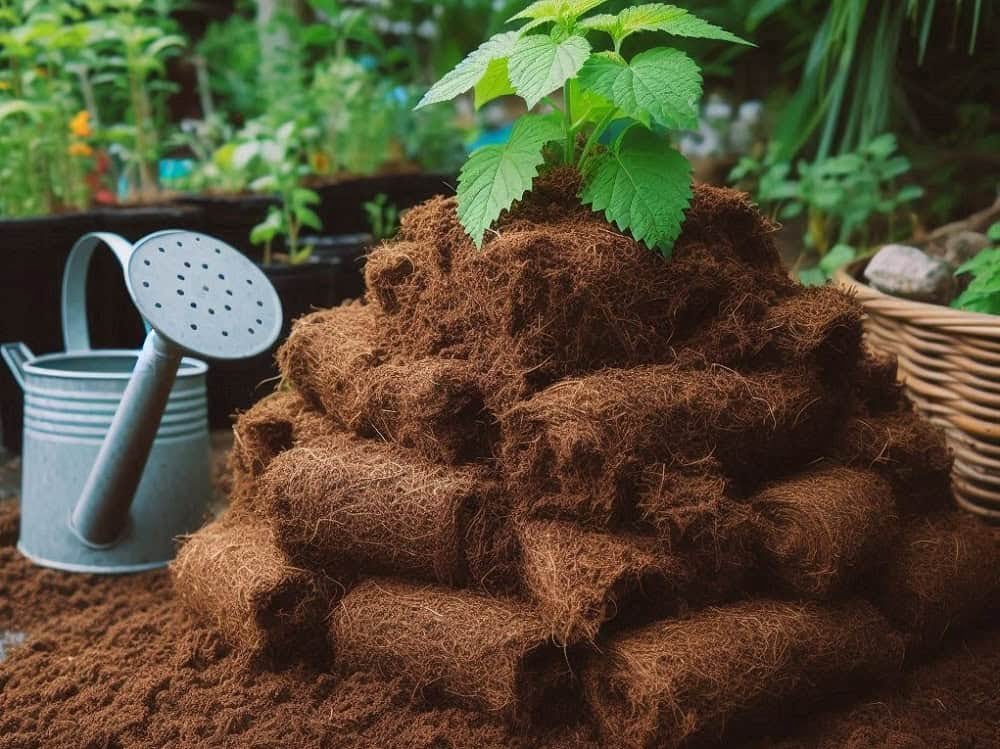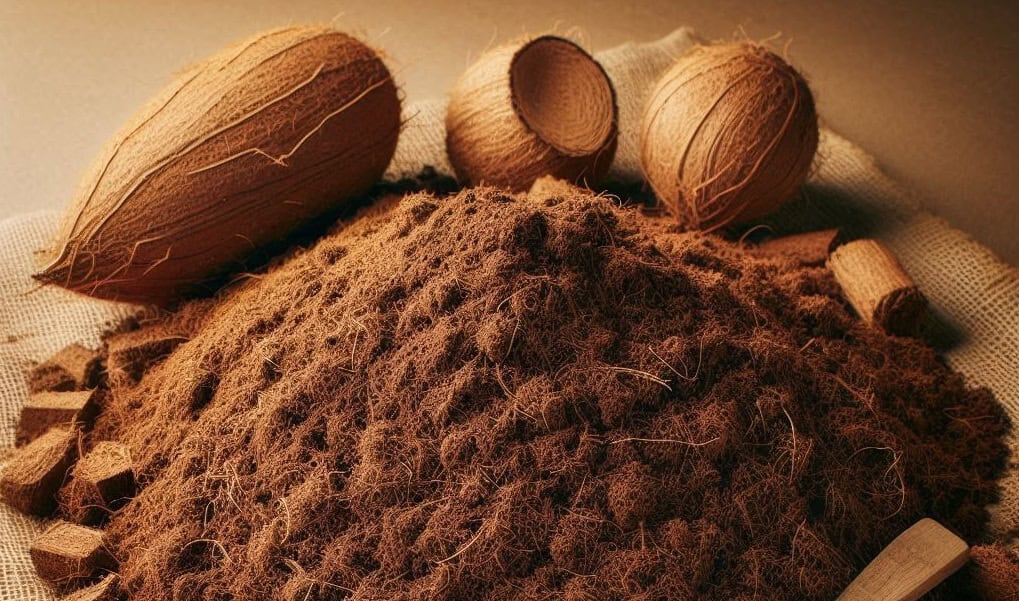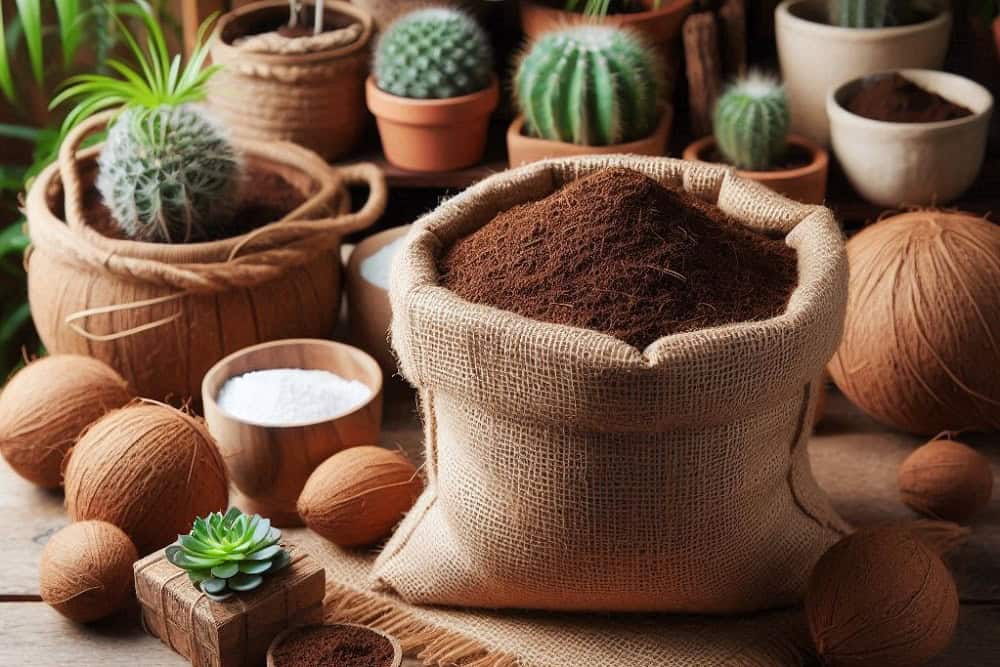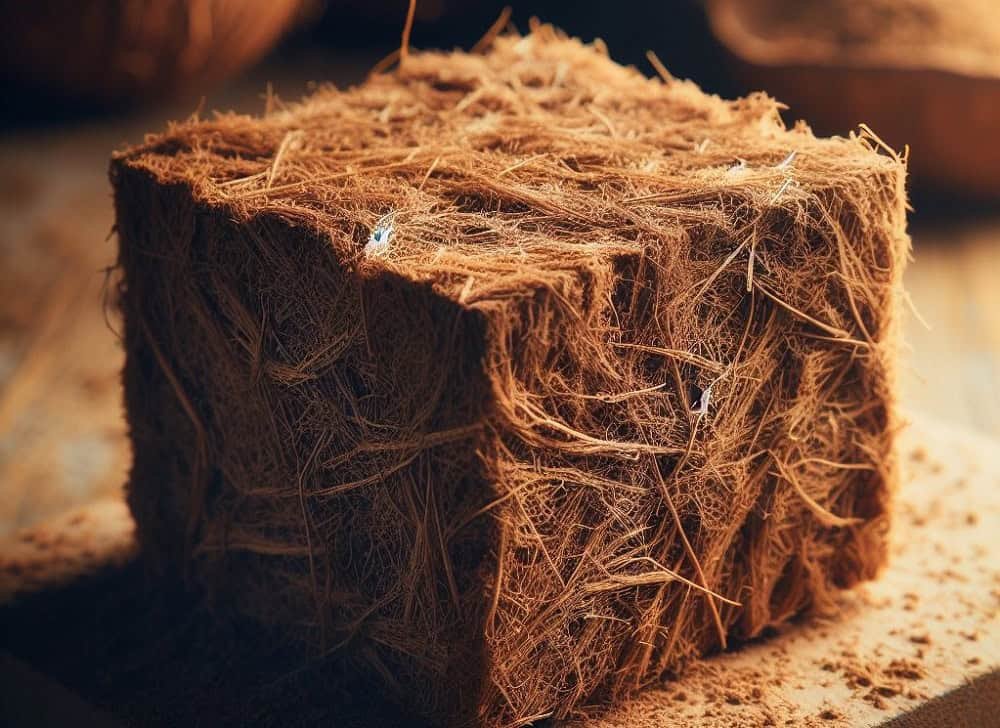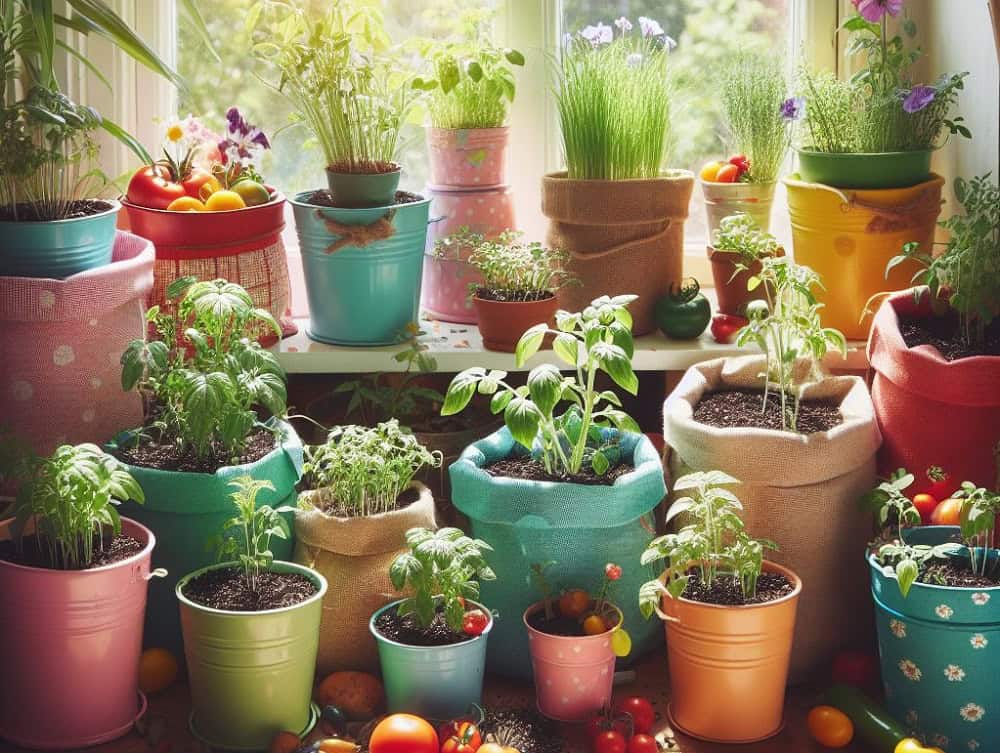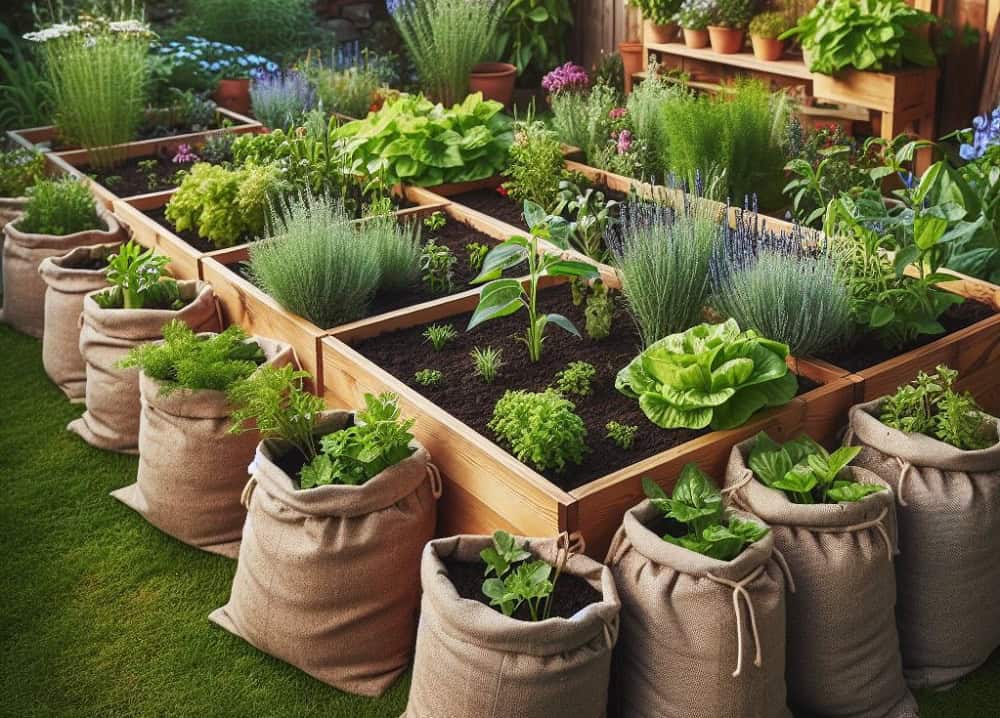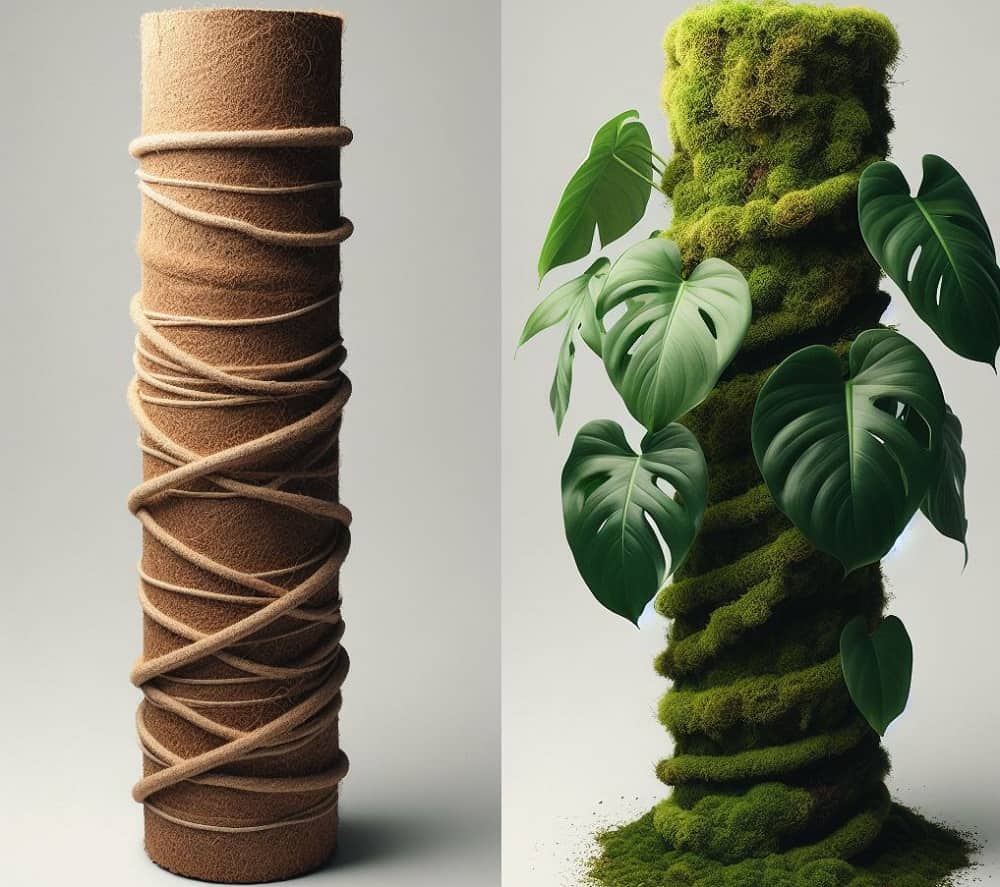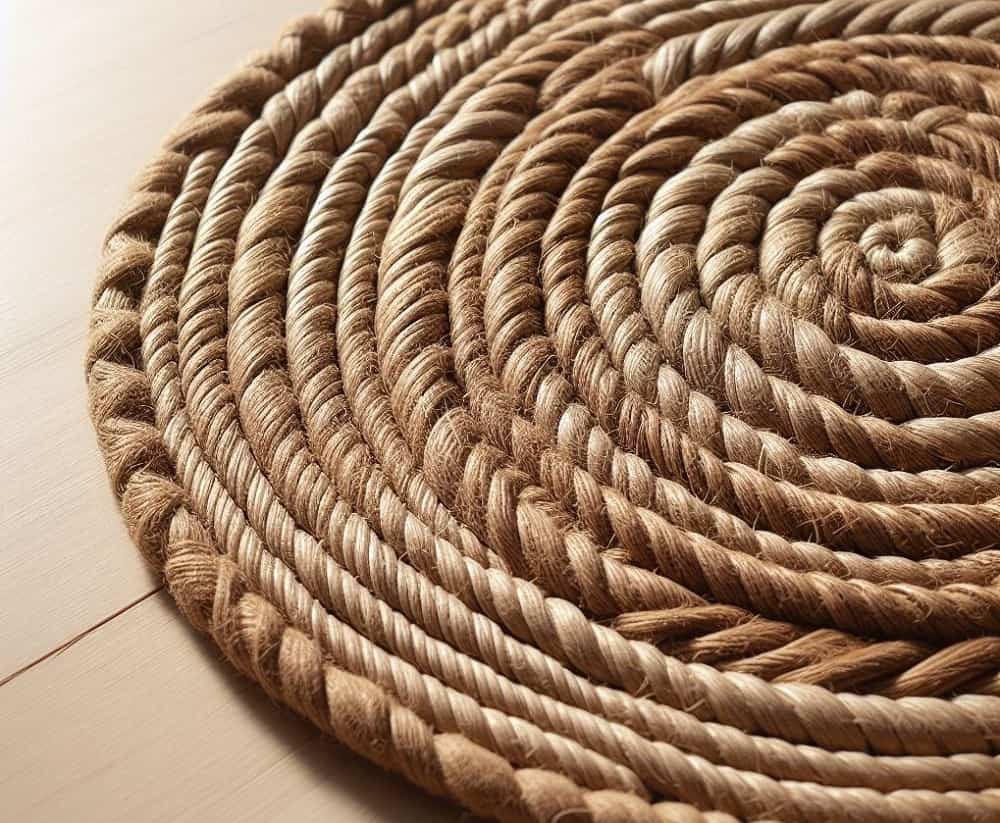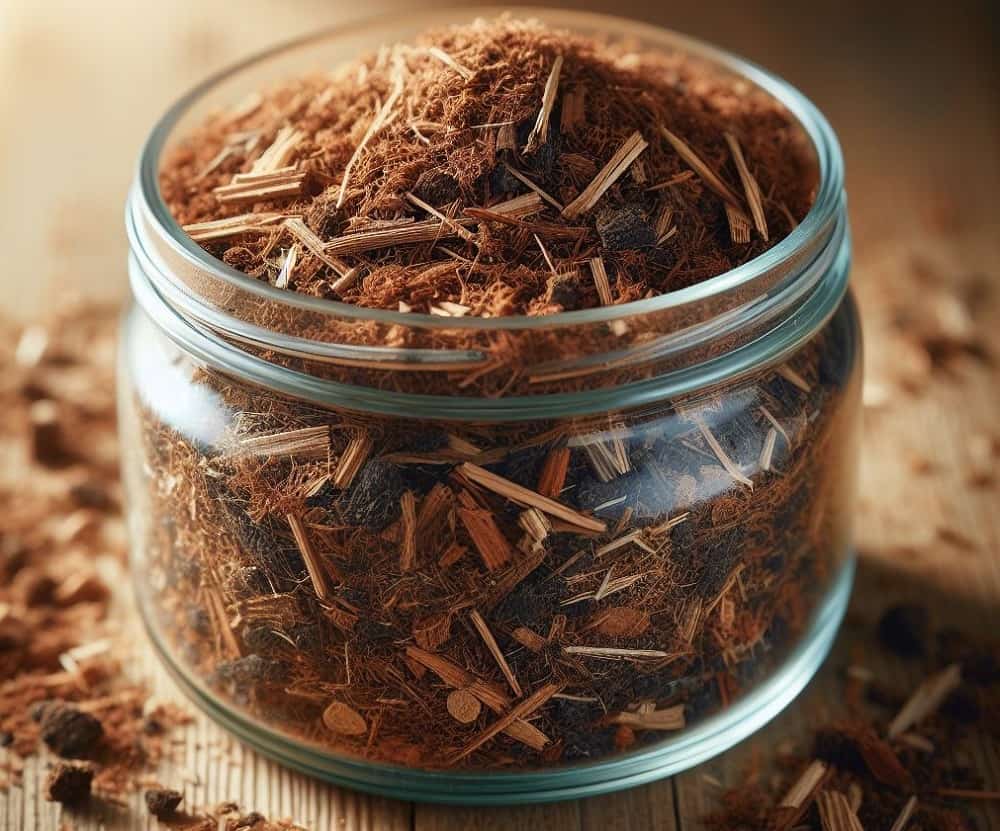Looking for coco peat suppliers in Australia?
Coco peat extracted from processing of the coconut husk is a natural by-product from the coconut industry which is very common in regions producing coconuts. Coco peat is made and sold in different forms of products like bricks, blocks, pallets, and loose fibers offering a very diverse range of uses and applications around the globe in different horticultural, agricultural, and landscaping sectors.
Coco peat is commonly used for its eco-friendly nature, exceptional water retention capabilities, and aeration.
The common use of coco peat has generated a market size valued at just around USD 4 Billion, projected to grow to around 5.3 billion by 2030.
Coco peat is common and used due to numerous factors that include Increasing Interest in Sustainable Agriculture, acceptance of soilless farming, Growth of the Floriculture and Horticultural Sectors, water conservancy in warming, a preferable manageable and lightweight growing media, its excellent benefits to seed germination and root development, environmental issues and concerns, rising awareness of soil health improvement, and growth of commercial greenhouse farming.
Over the last two decades, there is an upward shift in the trend of horticulture in Australia and there is a distinct rise in investment and positivity in the industry. The increase in demand and the current global recession is facing numerous challenges to source the best quality coco peat which has also affected the price and quality.
Let us discuss some factors to consider while choosing the best coco peat suppliers in Australia and make the best choice while short-listing coco peat suppliers.
Quality of coco peat
When looking out for coco peat suppliers it is important that the supplier follows the high quality development measures. From the cultivation of coconuts to the whole process of manufacturing, global standards should be followed with strict quality control.
High-quality coco peat would have the ideal consistency free of weeds, seeds, and pathogens and the right physical structure to provide the best growing condition. Cheap quality coco peat may be easier to find than good high-quality coco peat. Some things to look out for coco peat quality are
- Not steamed or sterilized
- Free from pathogens and pest
- Even consistency throughout
Good quality coco peat may be expensive compared to low-grade coco peat, but with high-quality products, you will see long-term benefits when your plants grow mature.
Source of coco peat
Knowing the source of coco peat of the supplier is also another important factor. Coconut is produced and cultivated in countries that include Sri Lanka, India, Thailand, and Indonesia. Sri Lanka and India are major coconut-producing countries and have high-quality coconut.
While choosing your supplier it’s important to know about the supplier’s commitment to sustainability. Whether the supplier is responsible and uses sustainable techniques to provide you with the best quality product and uses eco-friendly procedures through the manufacturing and packing process.
Price
Price is one of the most important factors when sourcing a product. For coco peat, it’s the same. Grade high-quality coco peat will not be cheap as compared to low-quality coco peat. Look out for a good quality coco peat available in a reasonable price.
When finalizing a supplier evaluate whether it would add value to your needs and whether will it be feasible for your project or business. Detailed research of competitive price analysis should be conducted to evaluate the best supplier and then the decision should be made after the results choosing the best available for you.
If you are a bulk purchase suppliers offer good discounts so you should be negotiating accordingly as per your quantity needs. A good relationship with the supplier can also help you get good pricing on your purchase.
Customer service
Providing good customer service is the essence of every business and is very crucial. Look for suppliers who have a professional working attitude, and good business etiquette, and are eager to provide valuable professional advice tailored to your needs and uses.
Suppliers’ knowledge can be very useful and crucial and can help you improve your plant’s development. With the help of old reviews and customer feedback, you can evaluate the supplier’s reputation regarding customer services. Good reviews mean the supplier owns the customer and helps in all ways to provide the best service.
Customer service can include good pricing, good packaging and multiple delivery options, over-the-call support, and others depending on what your needs are and how long the supplier is going to assist its customers. A supplier with a bad reputation and negative reviews can affect your whole sourcing stage very badly.
Contact Earth Scape if you are looking for coco peat suppliers in Australia.

